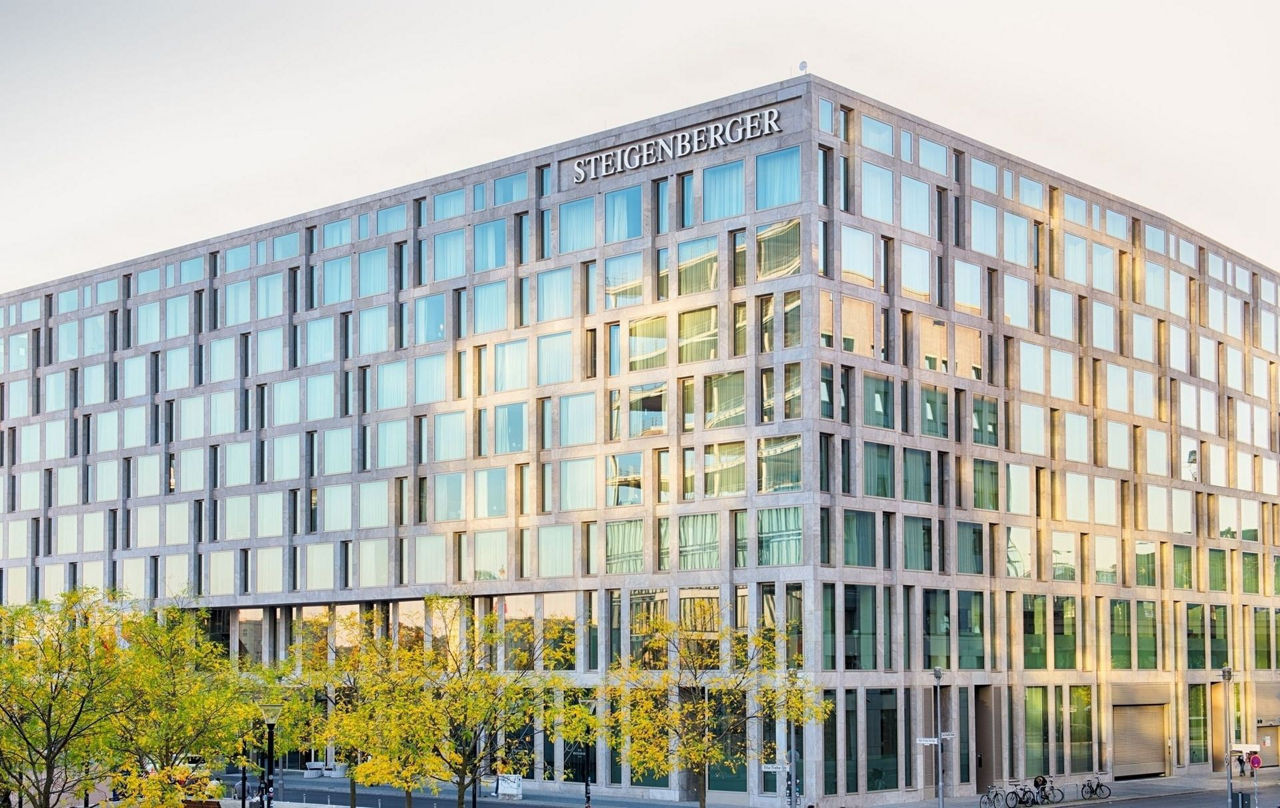Featured insights
-
Credit Convergence CFA Webinar SeriesExplore the expanding private credit space and learn practical insights to support informed investment decisions in a rapidly transforming credit environment.
Read More
-
Agriculture Landscape: August 2025In PGIM Real Estate's latest Agriculture Landscape publication, we explore the most recent developments in the sector.
Read More
-
All the CreditCentral Banks: Can Independence Prevail?In this episode of All the Credit®, we highlight the importance of central bank independence, particularly in the context of the U.S. Federal Reserve.
Read More
$1.39T
#12
200+

A provider of global fixed income solutions.

A fundamental active equity and fixed income manager.

The quantitative investment specialist of PGIM.

Providing integrated solutions across public and private markets with portfolio strategy and asset allocation expertise.

A provider of actively managed investments including mutual funds, ETFs, and UCITs.

A manager of private fixed income and alternative portfolios.

A global manager of real estate equity, debt, and securities investment strategies.
Broad Range of Investment Capabilities Across Private and Public Markets
PGIM delivers specialized expertise across asset classes, including fixed income, equities, real estate, private credit, and other alternatives.
-
Press ReleasePGIM’s real estate business acquires Steigenberger Hotel am Kanzleramt in Berlin on behalf of European core-plus strategyThe acquisition reflects PGIM’s conviction in the long-term fundamentals of the hospitality sector, particularly in markets with strong touristic and business appeal.
Read More
-
 Press ReleasePGIM and Partners Group enter strategic partnership to deliver multi-asset solutionsPartnership combines PGIM’s expertise across public and private asset classes with Partners Group’s track record in private equity and infrastructure
Press ReleasePGIM and Partners Group enter strategic partnership to deliver multi-asset solutionsPartnership combines PGIM’s expertise across public and private asset classes with Partners Group’s track record in private equity and infrastructureRead More
-
Press ReleasePGIM’s real estate business acquires second asset for German micro-living strategyPGIM’s real estate business has acquired an office property for residential conversion in Frankfurt on behalf of its European value-add strategy.
Read More
Subscribe to receive our latest insights
Stay informed on timely market developments, outlooks and industry events.
* Required Fields
Data as of 3/31/25 unless otherwise noted. All Assets Under Management are net unless otherwise noted.





